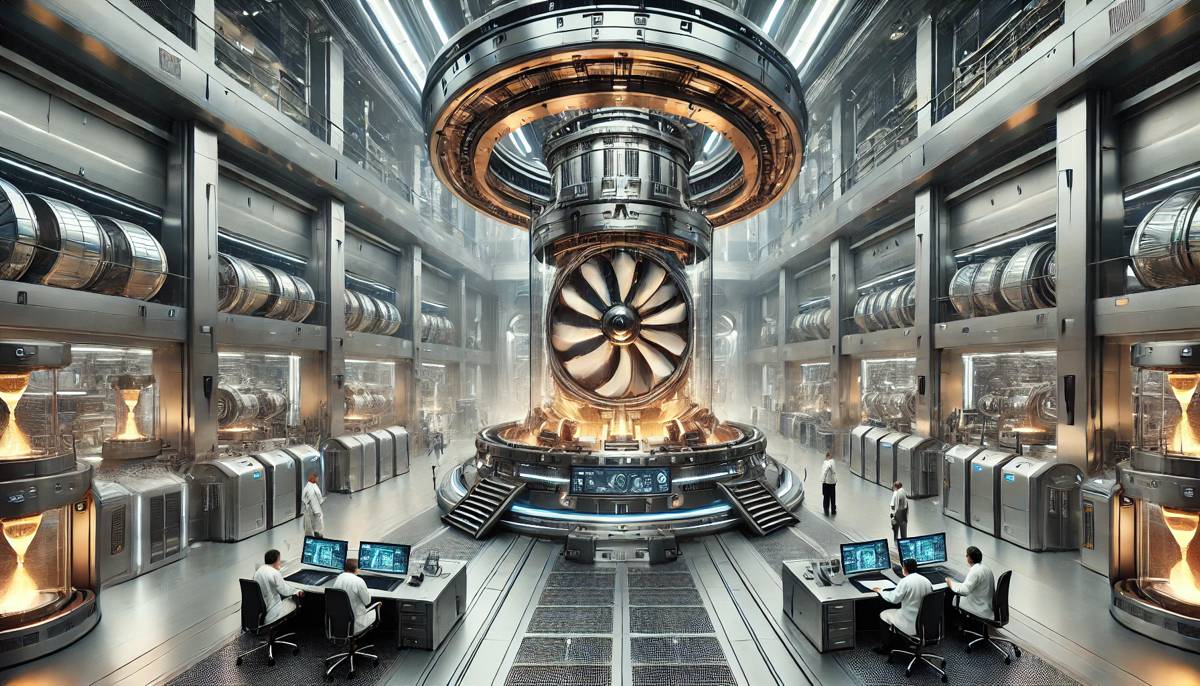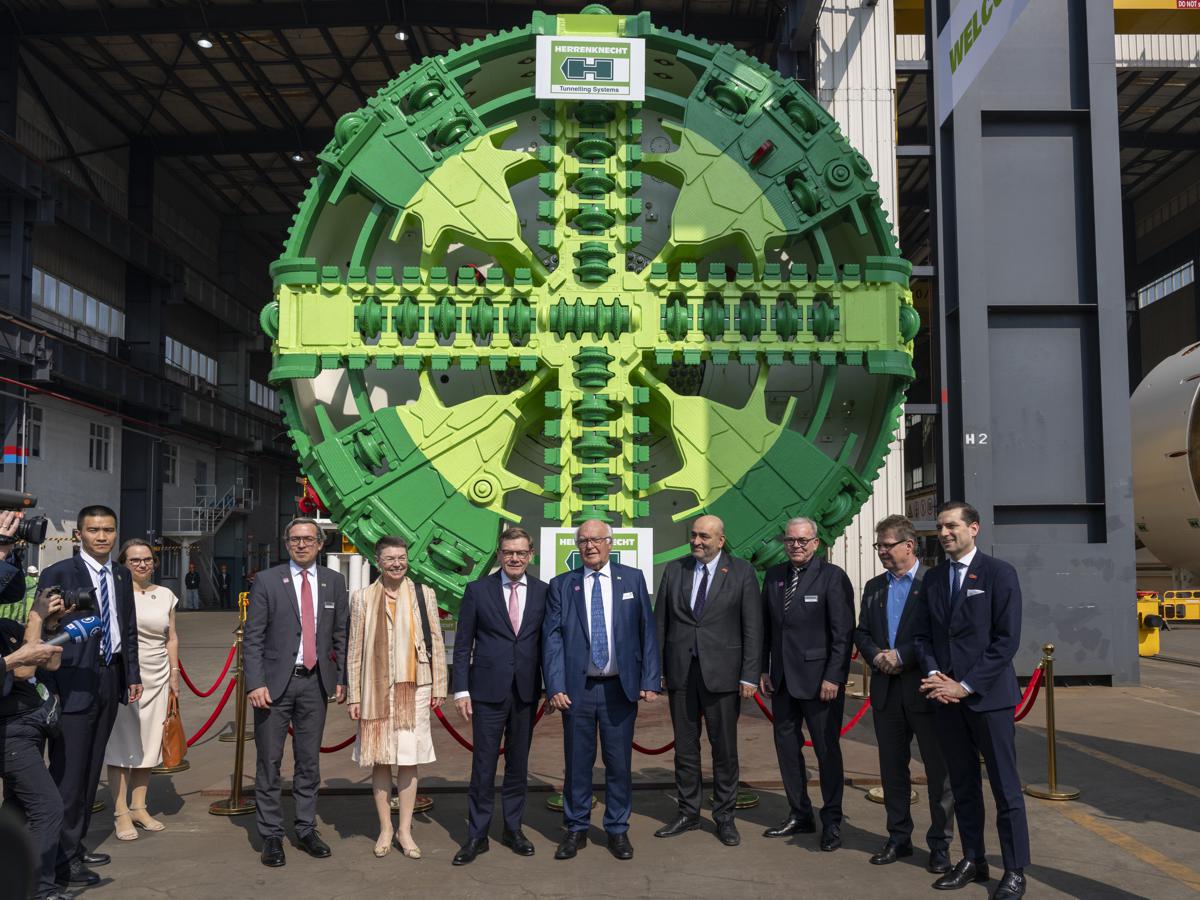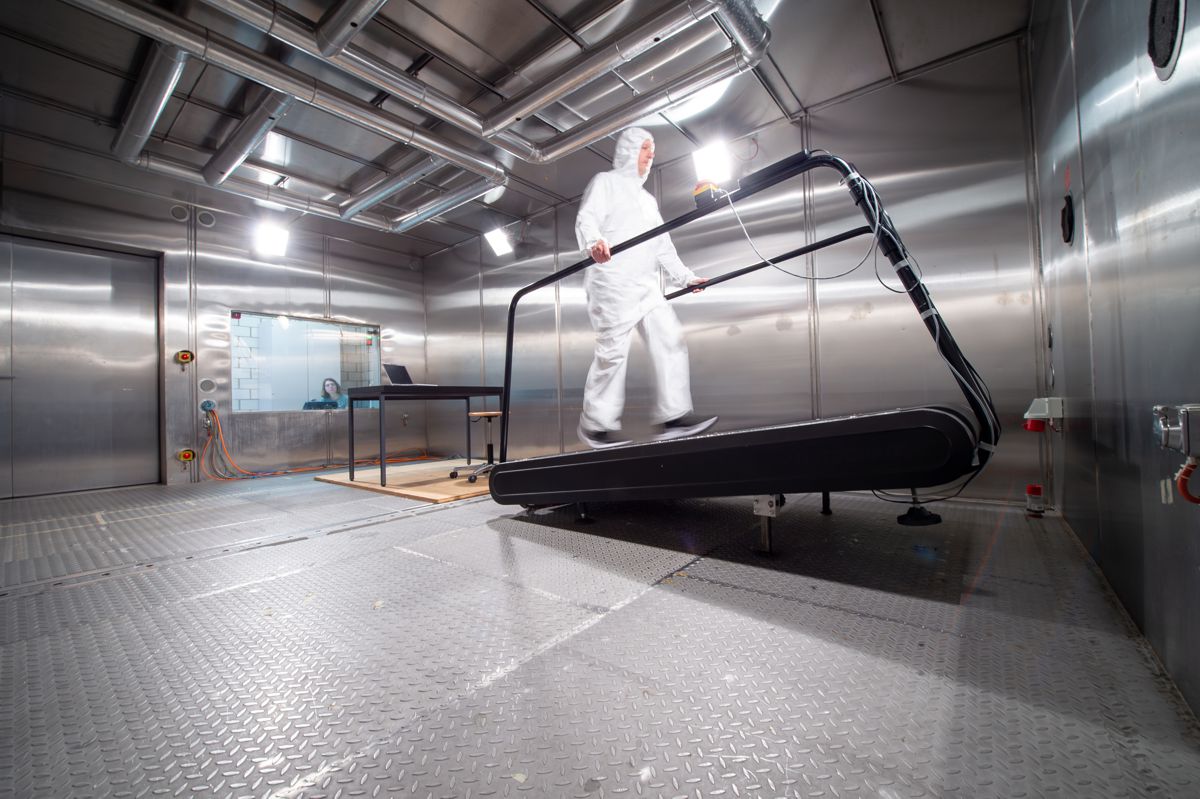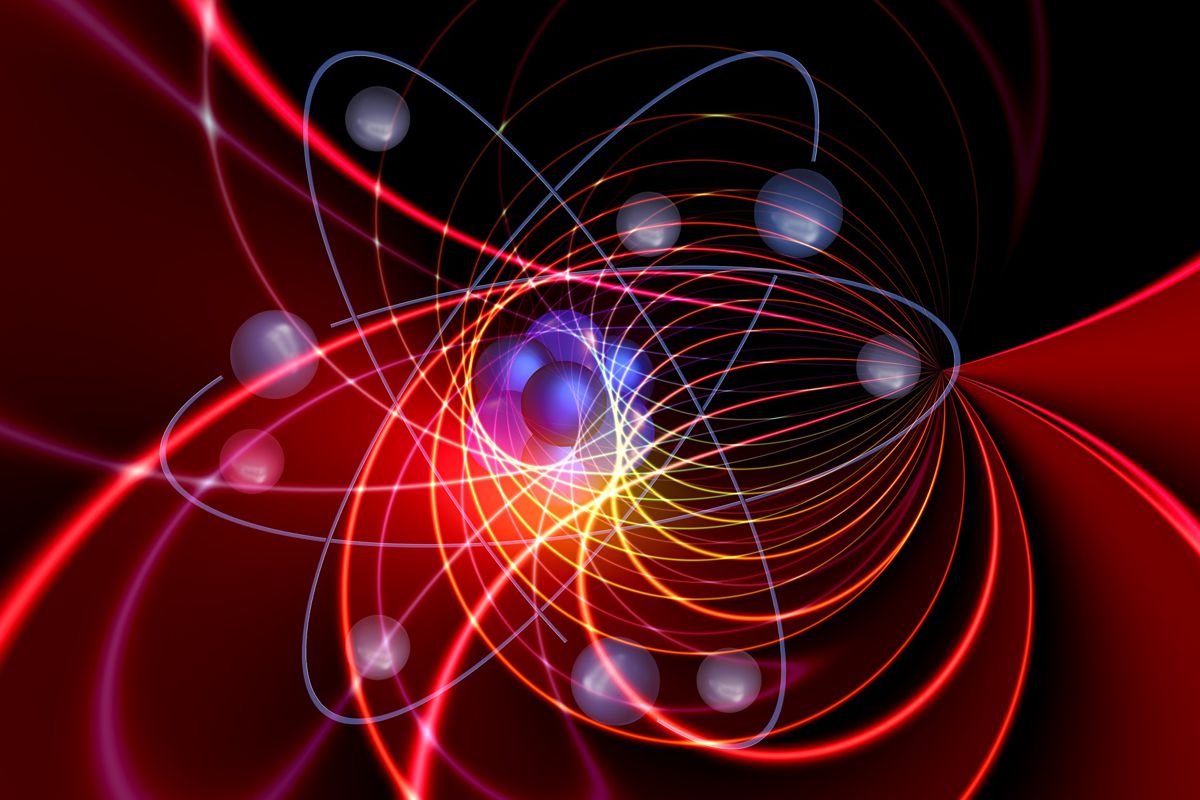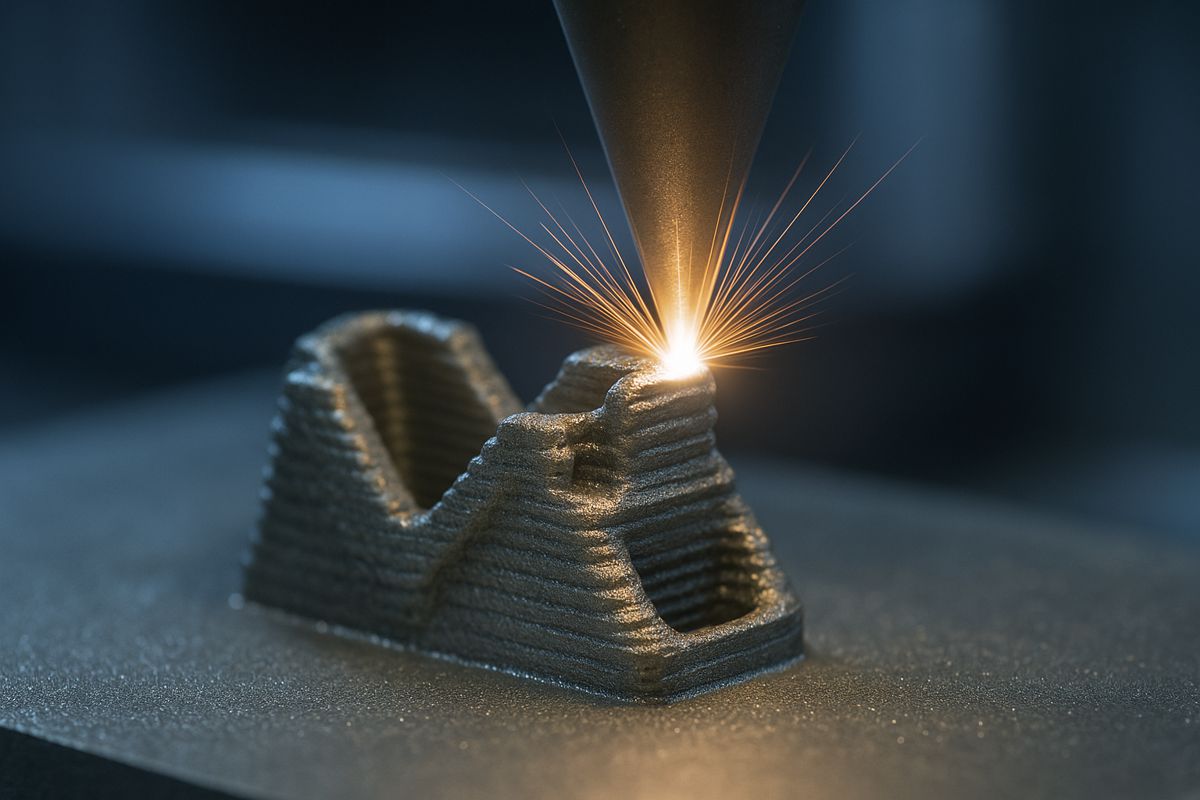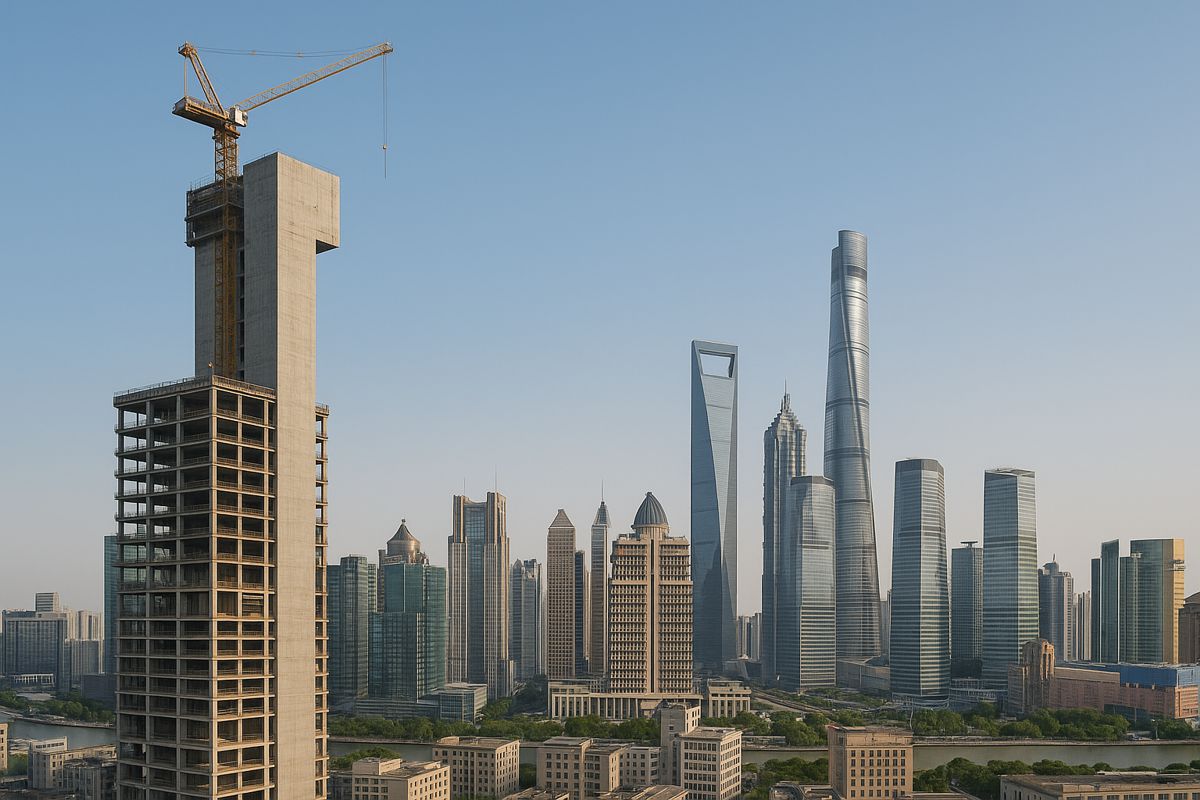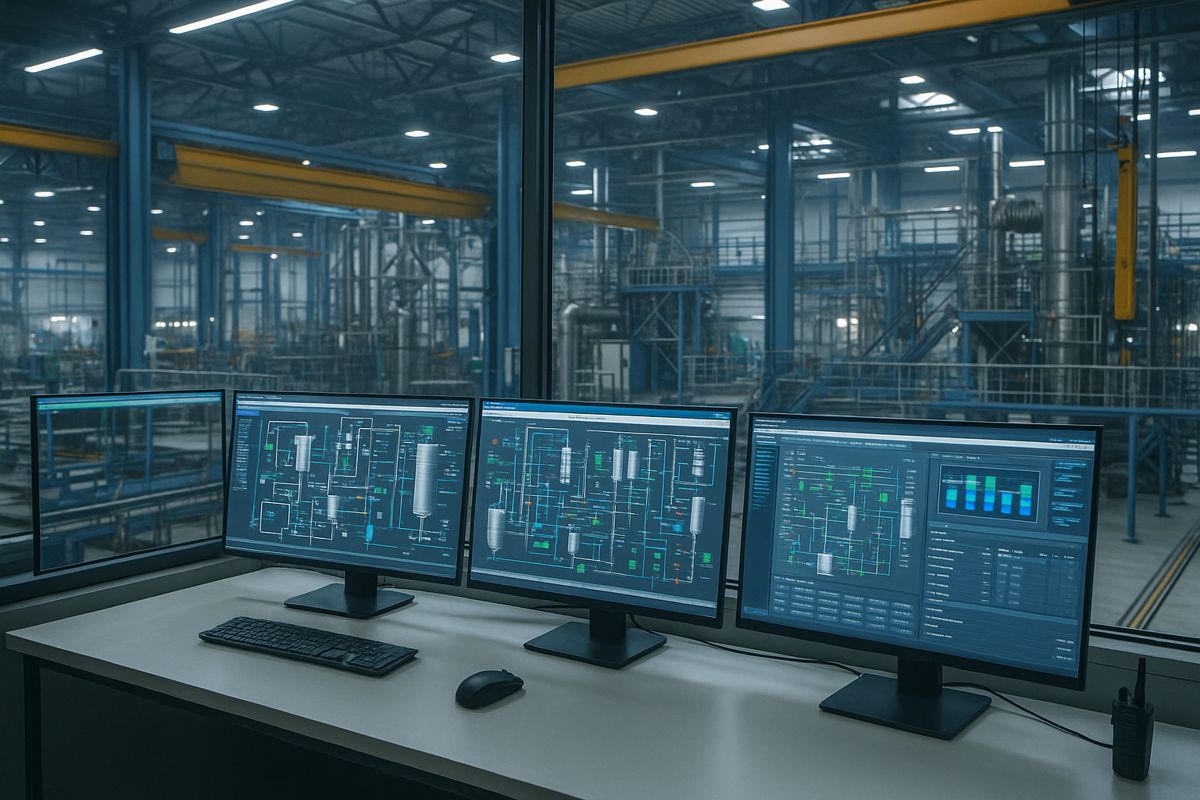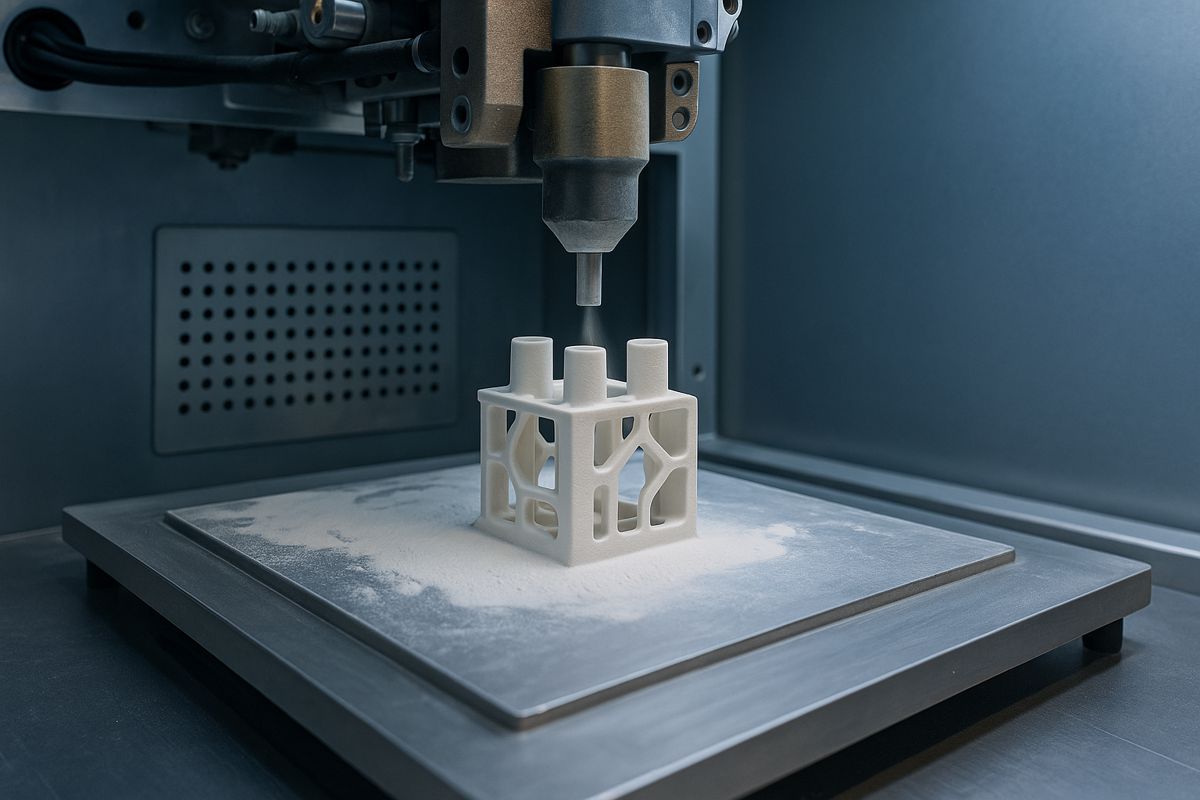China Unleashing Hypergravity With Ground-breaking Research Facility
China has just flipped the switch on what is now the world’s most advanced hypergravity research facility. Dubbed the Centrifugal Hypergravity and Interdisciplinary Experiment Facility (CHIEF), this state-of-the-art centre is set to revolutionise scientific exploration and engineering projects.
Located in the bustling tech hub of Hangzhou, the capital of Zhejiang province, CHIEF stands as a monumental leap forward in gravity research.
Boasting a capacity to generate forces up to 1,900 times stronger than Earth’s gravity, this facility is designed to simulate extreme physical conditions that go far beyond what can be observed in natural environments. As industries look to harness the latest advancements in technology, CHIEF is poised to be a game-changer, opening doors to discoveries that were once beyond reach.
A Milestone in Hypergravity Research
The construction of CHIEF was no small feat. It was greenlit back in 2018, with the National Development and Reform Commission (NDRC) leading the charge. Under the guidance of Zhejiang University, the facility’s development broke ground in 2020. Now, with the first phase nearing completion, it is well on its way to becoming a multidisciplinary research hub.
Once fully operational, CHIEF will house an impressive suite of hypergravity centrifuges — machines designed to simulate gravitational forces far exceeding the norm. According to Hangzhou’s municipal government, the facility’s preliminary launch marks a new chapter in China’s technological prowess: “CHIEF will fill a void in super-large hypergravity experiment facilities in China. As an indispensable experimentation device, it will provide an advanced platform and offer immense support for the development and verification of major engineering technologies as well as research into cutting-edge matter-related sciences.”
These are not just lofty ambitions. The machine’s ability to create extreme gravitational forces will enable breakthroughs in understanding how materials behave under intense stress, shedding light on everything from geological processes to material durability.
Redefining the Boundaries of Gravity
The hypergravity capabilities of CHIEF are truly remarkable. To put it in perspective, astronauts experience about 4g when re-entering Earth’s atmosphere.
This facility, however, cranks that up to an eye-popping 1,900 g-t (gravity acceleration × tonne), which places it leagues ahead of the US Army Corps of Engineers’ hypergravity system (currently maxing out at 1,200 g-t). This vast leap in capability has researchers buzzing with excitement.
The centre is set to feature:
- Three main hypergravity centrifuges with 18 additional onboard units.
- Six specialised experiment chambers, each dedicated to fields like deep-sea exploration, seismic studies, and geological research.
- A capacity to study phenomena like slope stability, dam construction, and even deep-earth geological processes.
The system’s centrifuges use rapidly spinning arms to simulate extreme gravitational conditions. The first of these, already installed, looks like something out of a sci-fi movie, with its massive arms spinning at high speeds to generate intense centrifugal force.
The South China Morning Post (SCMP) reports that the facility’s focus is on using these machines to create controlled environments where scientists can conduct experiments that were once considered impossible.
Engineering Solutions for the Future
CHIEF is not just a research toy; it’s set to become an invaluable tool for tackling some of the world’s toughest engineering challenges. The machine’s unique ability to generate hypergravity conditions means researchers can now simulate, test, and validate engineering projects under extreme scenarios.
For example, in the realm of deep-sea engineering, scientists are keen to explore ways to extract natural gas hydrates — a promising clean energy source — with greater efficiency and safety. These gas hydrates, found under seabeds and permafrost, could become a game-changer for energy sustainability, but they’re notoriously difficult to extract. By using CHIEF to replicate deep-sea conditions, researchers hope to refine these extraction processes.
Moreover, the facility is set to be a boon for seismic geotechnics. The ability to simulate hypergravity conditions enables scientists to better understand how materials and structures behave during earthquakes. This could lead to advancements in earthquake-resistant construction, potentially saving countless lives in quake-prone regions.
Expanding Scientific Horizons
The potential applications of CHIEF don’t stop at engineering. This hypergravity machine is expected to pave the way for breakthroughs in material science and geological research. Scientists can simulate geological processes that would typically take millennia, compressing these into mere days or weeks. This could provide invaluable insights into the formation of natural resources or the behaviour of minerals under extreme pressure.
Leading this ambitious project is Chen Yunmin, a prominent figure at the Chinese Academy of Sciences. Under his guidance, Zhejiang University has emphasised CHIEF’s potential to serve as a global scientific hub, inviting collaborations from universities and research institutions worldwide.
The facility’s design allows for flexible experimentation. With its various chambers and onboard units, CHIEF is equipped to conduct a range of studies simultaneously. This flexibility is expected to attract international researchers seeking to leverage hypergravity conditions for innovative projects.
A National Priority and Global Ambition
CHIEF’s construction aligns with China’s 13th Five-Year Plan (2016–2020), marking it as one of the country’s top scientific priorities. With an investment of over 2 billion yuan (approximately US$276.5 million), the project underscores China’s commitment to positioning itself as a leader in scientific innovation.
As the facility moves closer to full operational status, China is likely to draw global interest, particularly from industries focused on advanced materials, aerospace, and deep-sea exploration. The ripple effect could be profound, potentially shifting the global landscape of scientific research.
China’s ability to develop a hypergravity facility of this scale demonstrates not just technological capability, but a commitment to advancing knowledge across multiple scientific domains. It’s a strategic move to ensure the country remains at the forefront of scientific discovery in the coming decades.
Answering Some of the Most Complex Questions
The Centrifugal Hypergravity and Interdisciplinary Experiment Facility is not just another feather in China’s cap; it’s a clear signal of where the future of scientific research is headed. By creating conditions that push the boundaries of what we know, CHIEF will undoubtedly become a pivotal player in answering some of the most complex questions in engineering, geotechnics, and material science.
From extracting clean energy sources to improving construction resilience, the potential applications are vast. As the world grapples with challenges like climate change, resource depletion, and infrastructure stability, the research conducted at CHIEF could provide crucial solutions.
In essence, this isn’t just about spinning centrifuges at dizzying speeds — it’s about spinning the wheels of progress and pushing the limits of what humanity can achieve.
